Ch 9 & 10 - Zen in the Art of Writing
In todays episode, Bradbury tells us how loathing Ireland pushed him to becoming a playwright/screenwriter, why these absurdist plays are no good, and the secret to successfully turning his short stories into film.
Full disclosure, Renee and Kim pretty much disagree with these two chapters in Zen in the Art of Writing, and they have no clue what “Shooting Haiku in a Barrel means. But disagreements make for good podcasts. And if you’re into film analysis, this is the episode for you.
The Writing Activity
How cinematic was Bradbury’s prose? In this episode, Kim and Renee reverse engineer a scene from a film adaptation of Bradbury’s Great Wide World Over There. Then compare it with the original: Cora and the Great Wide World.
Chapter 9: The Secret Mind

In this chapter, Bradbury sets out to teach us…well, we’re not exactly sure. It’s quite the oddity. He introduces the essay with a story of the time he was asked to write a screenplay of Moby Dick, which required he go to Ireland. By the end of this four month working trip, Ireland in all its impoverished peoples and dreary skies and damp landscape, left him dissallusioned. Once safely back in his Santa Monica bungalow, he vowed to never, ever return.
It’s at this point, Dear Reader, Bradbury does not steer the essay towards any logical conclusion. The Point Train leaves the station but never arrives at its destination. Instead, it stops to wait for Gadot…
Where is Gadot, Anyway?
What was this chapter about? So what happened? We have our theories. We suspect he saw an absurdist play (Waiting for Gadot? Rosencrantz and Guildenstern are Dead? Who’s Afraid of Virgnia Wolff?). Angry he will forever be waiting for the infamous Gadot, Bradbury rushed home to give the typewriter a piece of his mind.
I have watched the Absurd and the More-Than-Absurd Theater. In the aggregate I could not help but judge the plays as frail exercises, more often than not half-witted, but above all lacking in the prime requisites of imagination and ability.
In other words: stupid Absurdist Theater is stupid. We suspect if this was 2022, Bradbury would have given the play a crappy rating on Rotten Tomatoes. But it was the 1950’s so instead he ends his tantrum by imparting some sage wisdom for the young writer:
We build tensions toward laughter, then give permission, and laughter comes.
We build tensions toward sorrow, and at last say cry, and hope to see our audience in tears.
We build tensions toward violence, light the fuse, and run.
We build the strange tensions of love…
…yadda yadda yadda, in not so many words: don’t be absurd! Stop experimenting already! I waited for Gadot for four hours and I’ll never get those hours back!
Chapter 10: Shooting Haiku in a Barrel
The following chapter is actually a PR interview in anticipation of Disney’s 1983 film adaptation of Something Wicked This Way Comes. Fun Fact: older editions of Zen in the Art of Writing don’t even include this chapter.
Unfortunately, for lack of guidance or instruction, we were forced to come up with our own writing activity.
The Ray Bradbury Theater
Bradbury may have dropped the ball in this chapter, but this experience did lead us to a wonderful discovery: 6 whole seasons of The Ray Bradbury Theater. In our episode and bonus episode, we reverse engineer scenes from Great Wide World Over There, expertly acted by Tyne Daly.
Continuing the Conversation: The Theatre of the Absurd
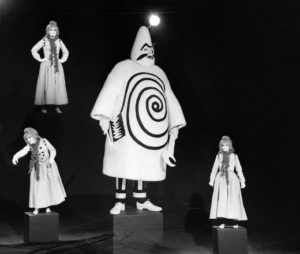
Absurdist Theatre (and Modernist Fiction) defines a experimental genre of plays during the late 1950’s. The term was coined by Martin Esslin, in his essay, “The Theatre of the Absurd.” The following is from Esslin’s book, Absurd Drama:
The Theatre of the Absurd attacks the comfortable certainties of religious or political orthodoxy. It aims to shock its audience out of complacency, to bring it face to face with the harsh facts of the human situation as these writers see it. But the challenge behind this message is anything but one of despair. It is a challenge to accept the human condition as it is, in all its mystery and absurdity, and to bear it with dignity, nobly, responsibly; precisely because there are no easy solutions to the mysteries of existence, because ultimately man is alone in a meaningless world. The shedding of easy solutions, of comforting illusions, may be painful, but it leaves behind it a sense of freedom and relief. And that is why, in the last resort, the Theatre of the Absurd does not provoke tears of despair but the laughter of liberation.
Gearing more toward the intellectual and philosophical as opposed to those seeking entertainment, playwrights such as Samuel Beckett (Waiting for Gadot), Edward Albee (Who’s Afraid of Virginia Wolff?) and Eugene Ionesco (The Bald Soprano) captured the lack of meaning in the human existence on the stage by turning their backs on established storytelling forms, rules, and expectations. Seemingly without plot, or ending, the plays would often leave an audience hanging for a punchline.
Tribute: Lillian Hellman
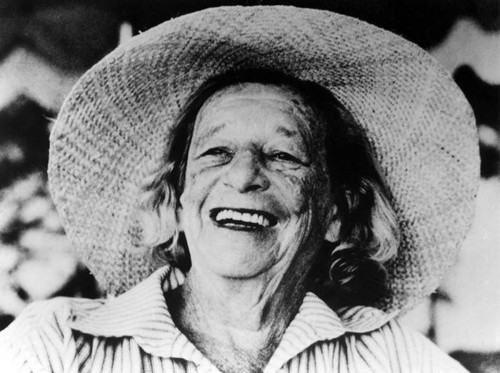
Googling absurdist plays will most certainly reveal the most famous, noteably Waiting for Gadot and Who’s Afraid of Virginia Wolff?, but women also contributed to the genre. One such was Lillian Hellman, a Jewish American writer born (1905) in New Orleans, LA and died in Oak Bluffs, MA (1984). A jane of all writing trades, she wrote prose, plays, memoirs and films. Her work was successful on both Broadway and the screen and she was the first female screenwriter to win an Academy Award nomination. Her contribution to The Theatre of the Absurd was My Mother, My Father, and Me, which she adapted from Burt Blechman‘s novel, How Much?
Although none of them absurdist, Watch on the Rhine, Toys in the Attic, and The Children’s Hour are just a few of her most famous works, all of which featured famous artists such as Bette Davis, Audrey Hepburn, Anne Revere, Mady Christians, Shirley McClain, among others. The height of her career in the 50’s coincided with the HUAC (House Committee on Un-American Activities). She was an ardent, unapologetic Communist supporter and refused to give the names of her of her fellow actors. She was given honorary degrees from Yale and Columbia, as well as four others from various other notable universities (6 total!).




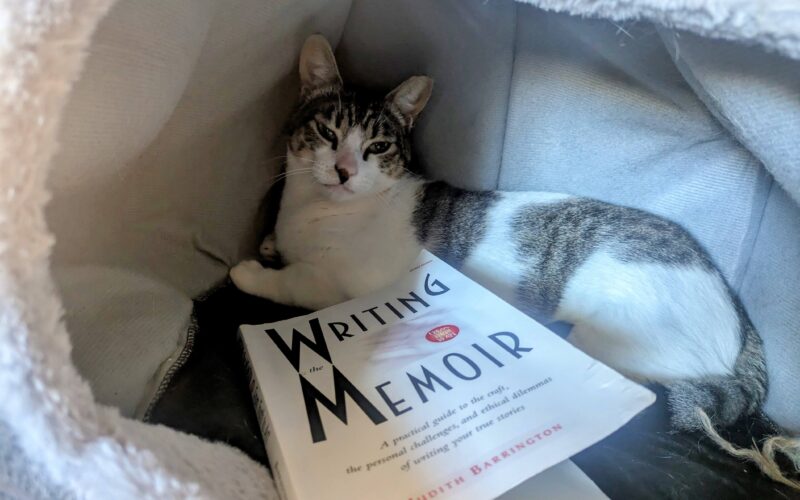

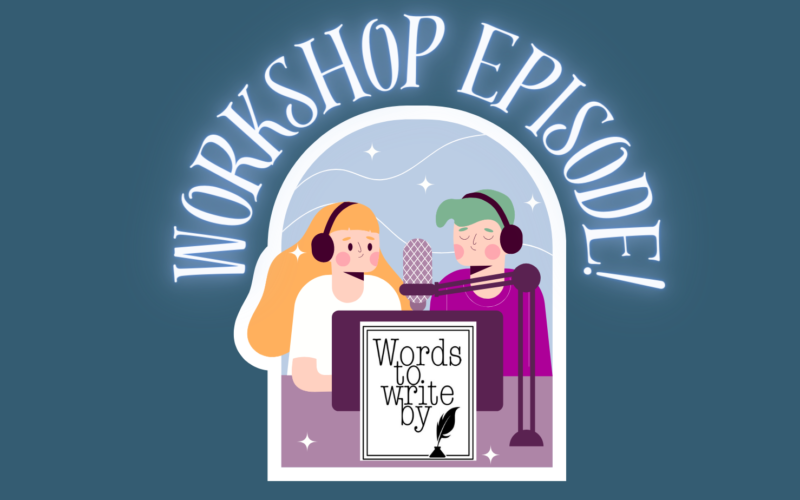
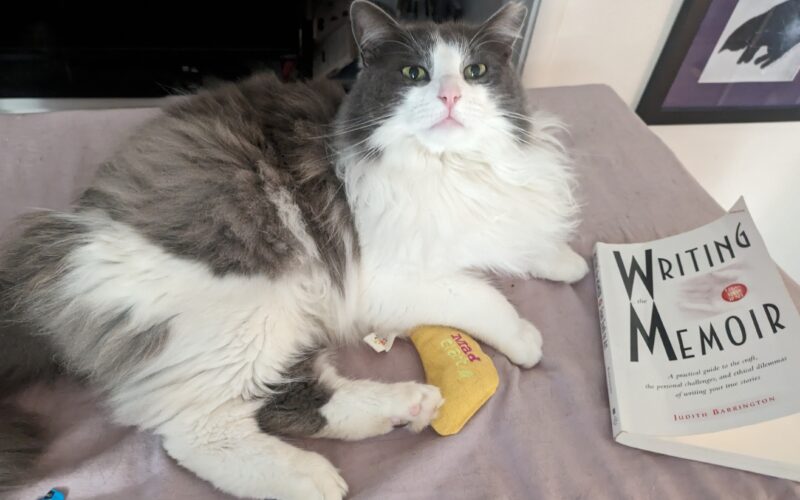
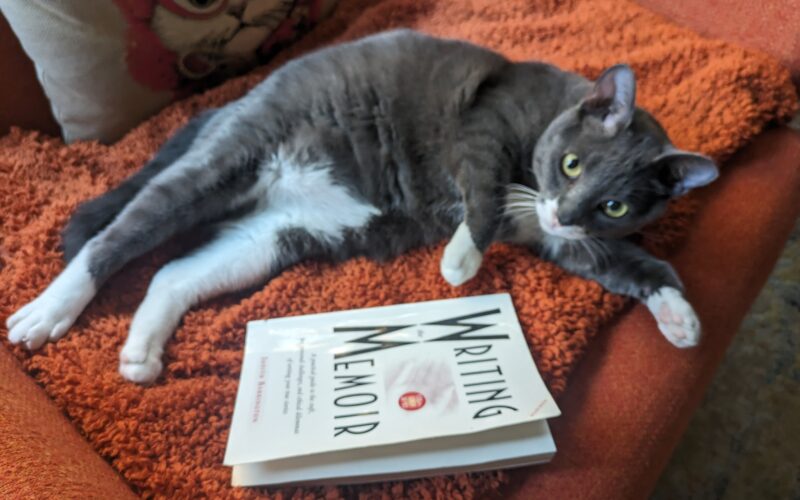
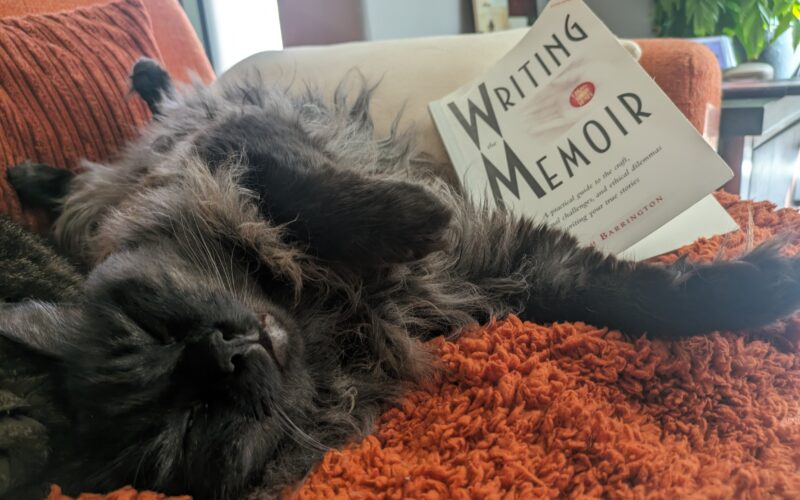

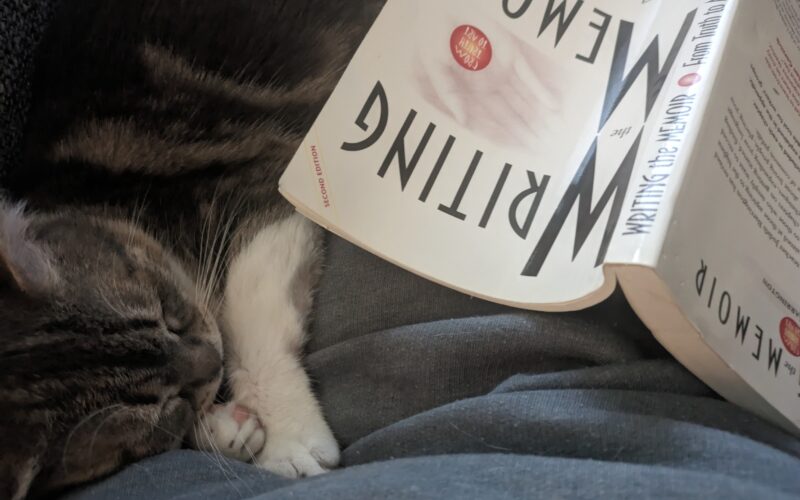
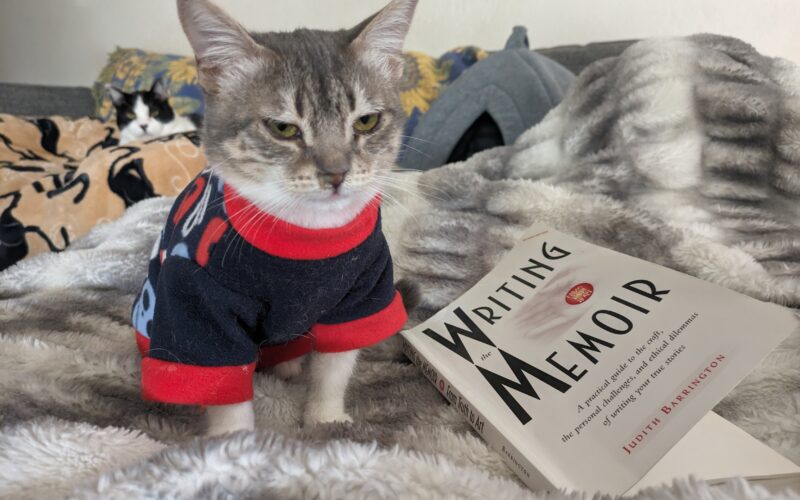
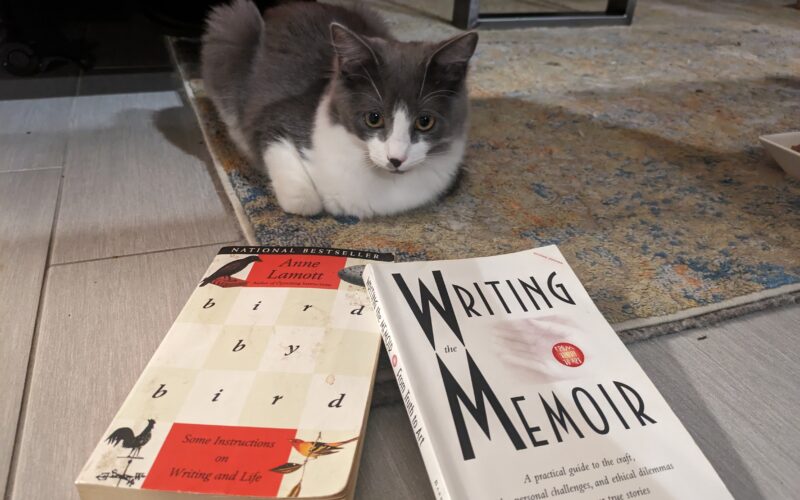
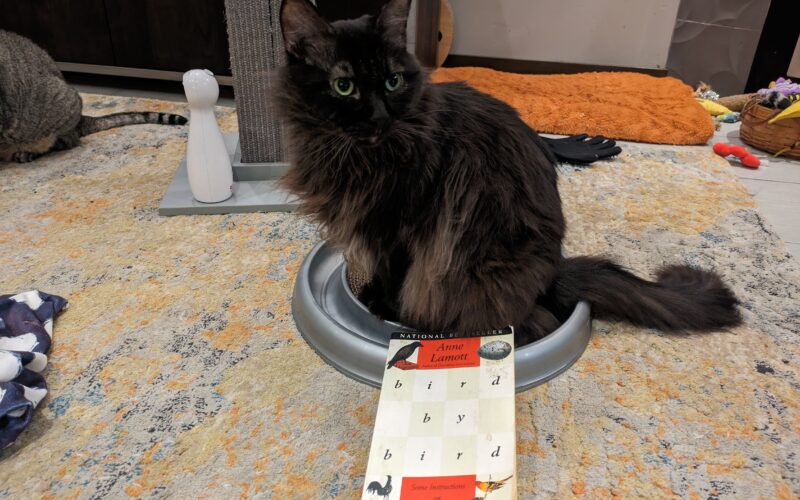
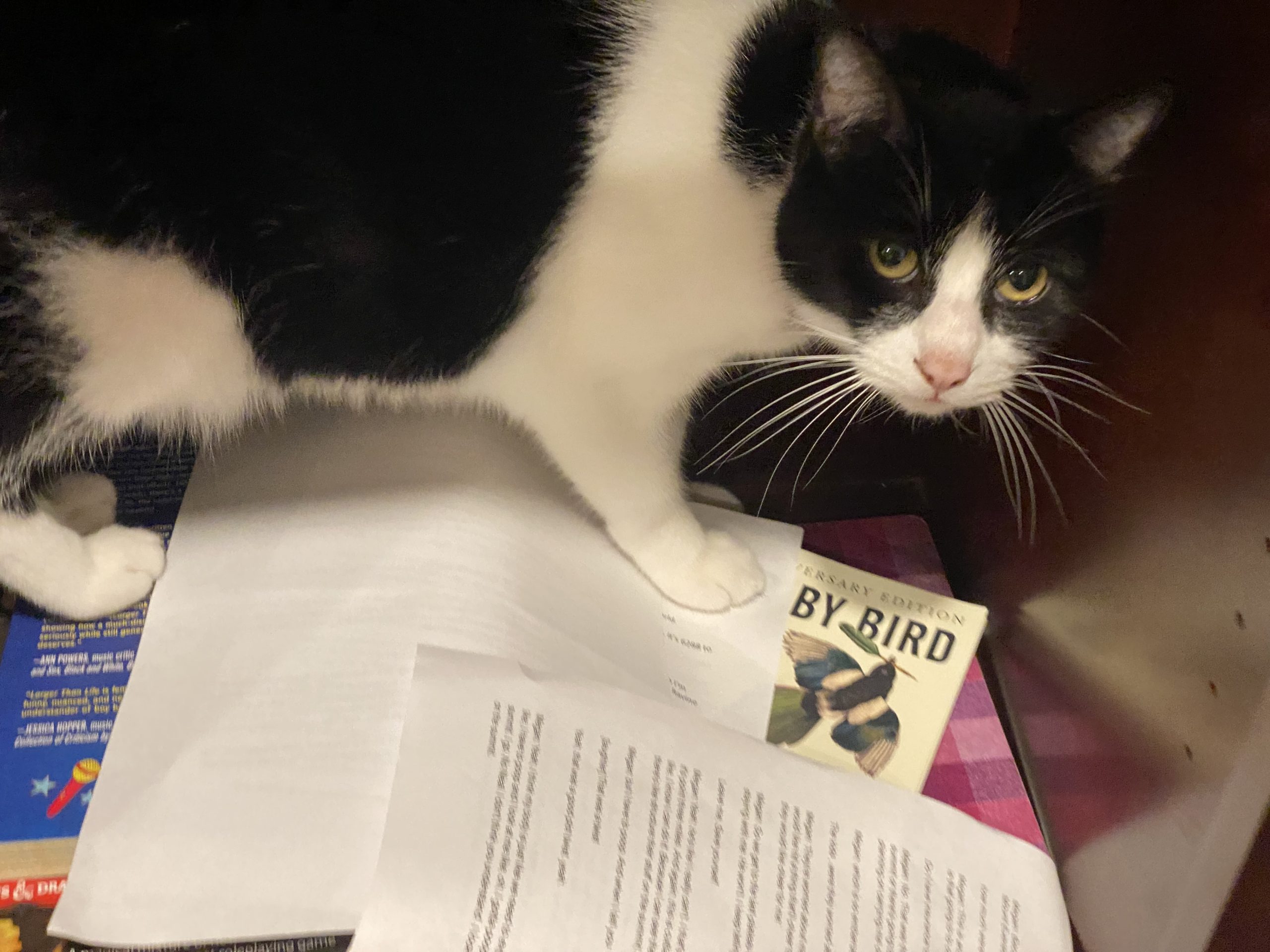

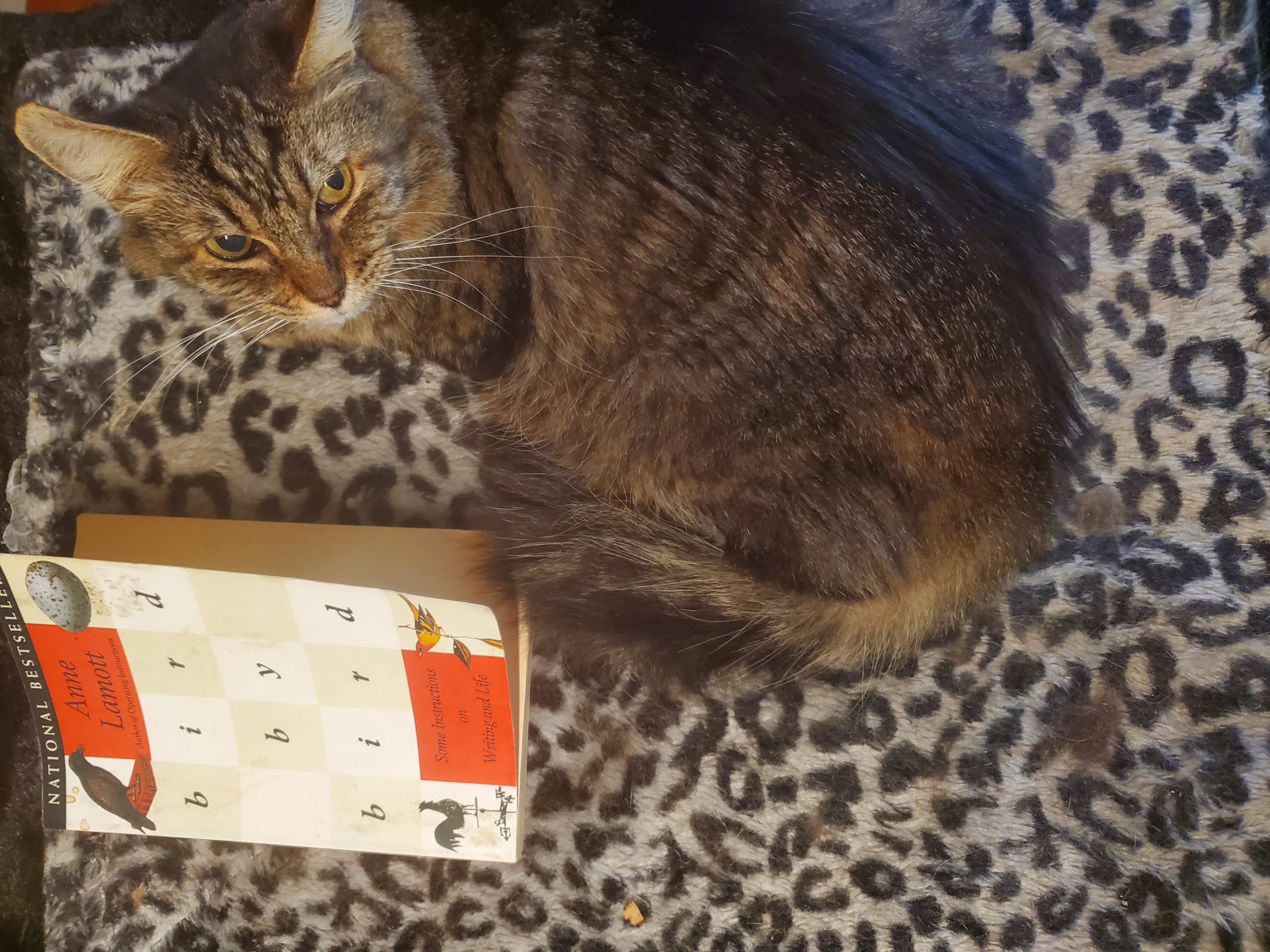
Workshop: Naming Names in your Memoir
For this week’s workshop episode, Renee wrote about the brief time she spent as a child in Pacific Grove, CA, taking care to identify specific streets and locations as...